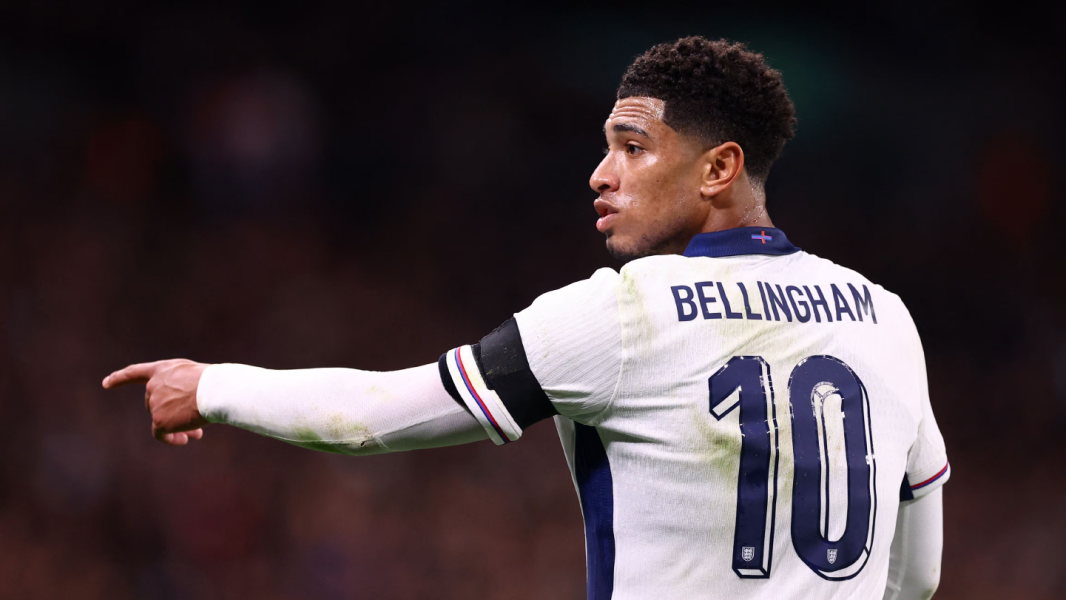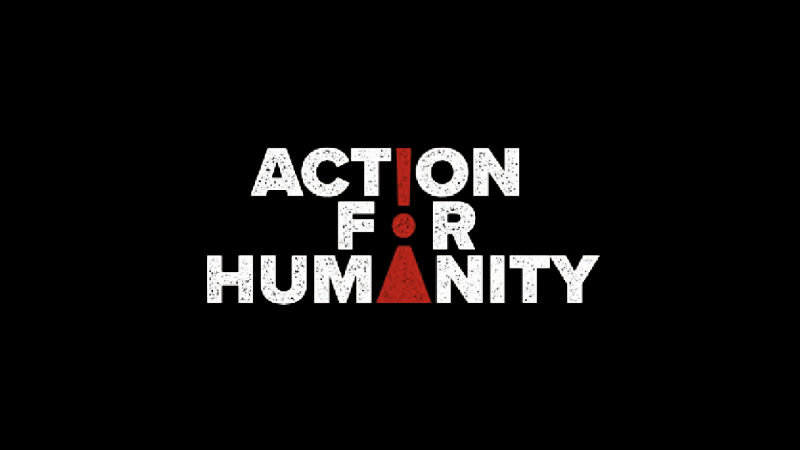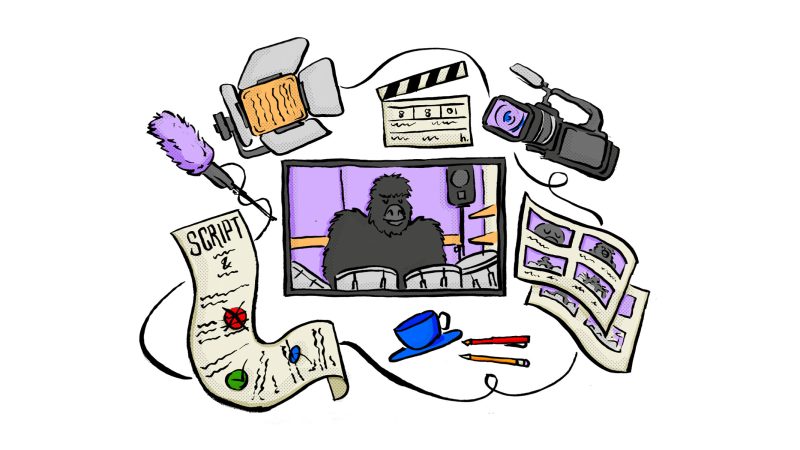From three stripes to three lions: why some fans are getting shirty with brands.
Topic
Branding5 mins read

How important are nationalism and patriotism when it comes to branding on football shirts and should they have any influence at all? Does branding even matter when it comes to what players wear? Adidas and Nike seem to have fallen on the wrong side of popular opinion recently due to controversial decisions involving football shirts. In this blog, we delve into the issues and give our own opinion on what it all means.
Part 1 - Three Stripes.
The first story involves both Adidas and Nike but has probably put the German FA in more hot water than the brands themselves.

It comes after the news that the Germany national football team would no longer wear the famous three stripes of Adidas on their shirts from 2027, ending a relationship that goes back nearly 80 years. Instead, die Mannschaft will soon sport Nike sponsored kits as part of a money-spinning deal said to be worth around 100 million euros.
On the face of it, it seems like an easy decision for the German FA to make. Nike reportedly offered an additional 40 million euros, with the final bid from Adidas coming in at around 60 million euros. In a sport where money really does talk, the decision doesn’t seem that surprising. But of course, it’s not quite as simple as that.

As most people will know, Adidas was founded by Adi Dasler in Germany in 1946 and the partnership has become synonymous with some of the biggest moments in German football, including four World Cup wins between 1954 and 2014. For a lot of people, not just in Germany but around the world, Adidas and Germany football shirts just belong together.
“I can hardly imagine the Germany shirt without the three stripes,” Germany’s Economy Minister Robert Habeck said in a statement to AFP. “For me, Adidas and black-red-gold always belonged together”, describing the pairing as a “piece of German identity”.
The move echoes that of English sportswear brand Umbro’s relationship with the England national football team. Back in 2013, Umbro’s sponsorship of England ended after many decades, with – you guessed it – Nike taking on the contract. However, this situation was slightly different as Umbro was already owned by Nike and had been for a number of years.

At the time, I remember having similar feelings to Habeck as all my favourite England moments involved a kit with the famous Umbro logo. From THAT Gascoigne goal against Scotland at Euro 96 to Owen introducing himself on the world stage versus Argentina in 1998, my love of England appeared to be defined by Umbro shirts.
But now looking back I realise all those special England moments weren’t really about the shirt, they were about the occasions and the players. And if you ask any fan what’s more important, a shirt or the team they support performing well, you will only ever get one answer. That brings me nicely on to the second story about Nike last week.
Part 2 - Three Lions.
Perhaps the most divisive story for Nike last week came as a result of the new England shirt, which revealed a radical new look for the traditionally red and white St George’s flag. By adding navy, light blue and purple to the traditional red, Nike said it was giving a nod to the training kit worn by the 1966 World Cup winning team. Let’s just say it hasn’t pleased everyone.

The media reaction has been immense, generating countless headlines (not just on the back pages) with some newspapers labelling the move as “woke” and others criticising Nike for “desecrating” the country’s national flag. The Prime Minister Rishi Sunak and Labour leader Sir Keir Starmer both waded in too.
“When it comes to our national flags, we shouldn’t mess with them because they’re a source of pride, identity, who we are, and they’re perfect as they are,” Sunak said. Meanwhile, Starmer told The Sun the “flag is used by everybody, it is a unifier, it doesn’t need to be changed”.
As is usually the case with this sort of thing, the media reaction is often far worse than the actual sentiment of people on the street and a lot of people on social media seem to be in support of the flag, while others don’t seem bothered at all.
For me, I can see both arguments. It’s easy to see how Nike and the FA could have avoided this whole fiasco. By sticking to the original St George’s flag, none of this media frenzy would have occurred. But then, that isn’t really how Nike likes to do things.

Nike has always been keen to push its football kit designs forward, especially for the tier one teams it sponsors, and the new England shirt is certainly an example of that. The consensus among our members of our creative team was the same – that as far as kit design goes, everything should be up for grabs and Nike should have complete creative licence.
Whatever you think about the new shirt and the flag, it’s clearly popular as reports are circulating that sales have already broken records, despite its hefty £125 price tag.
Football encourages heated debate at the best of times, so things like new kit designs are always going to invite differing opinions. But at the end of the day, the shirt doesn’t matter at all if a team performs well on the pitch. And if either Germany or England go on to win major trophies in the next few years, I can guarantee nobody will be talking about what they’re wearing.

